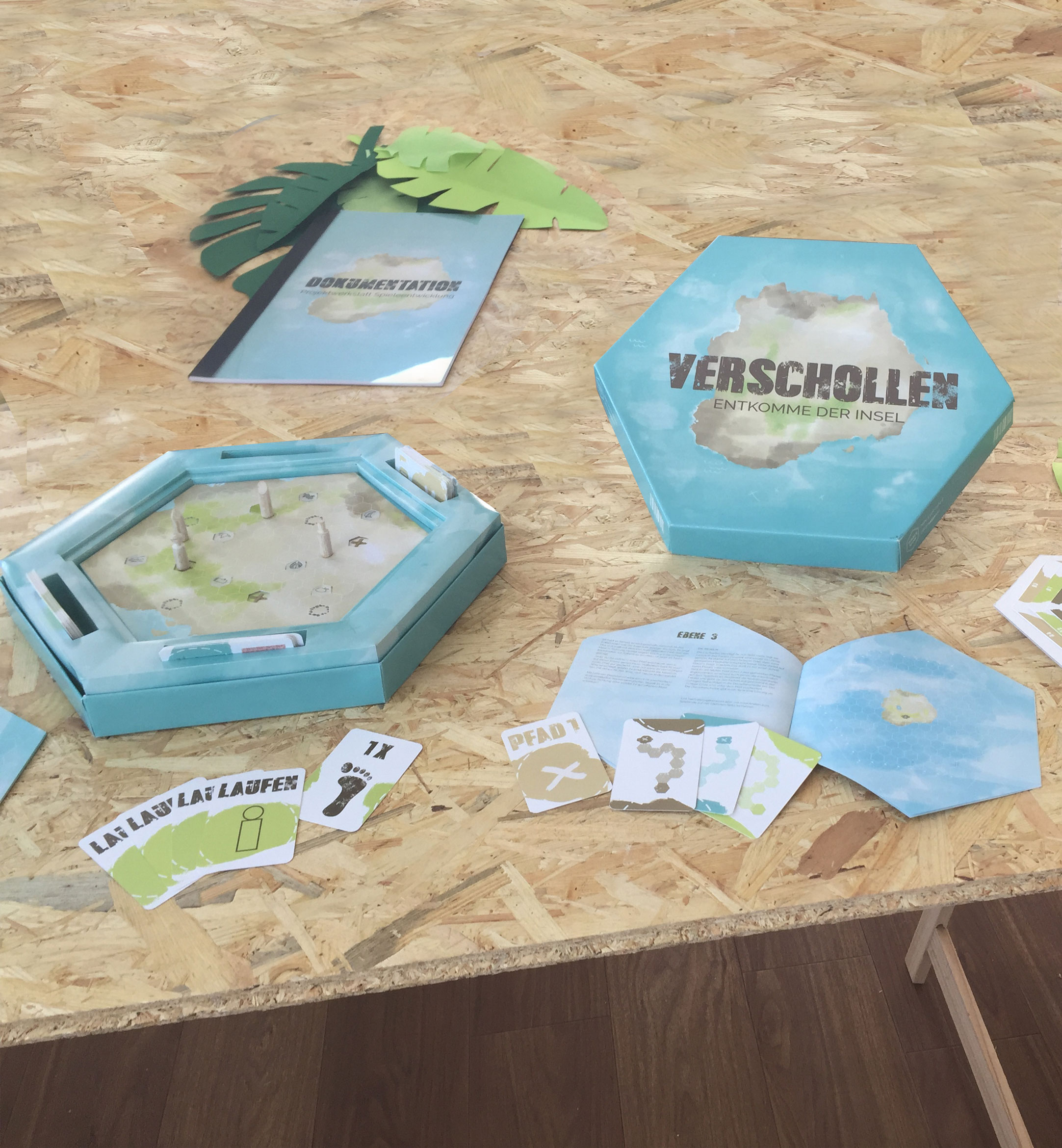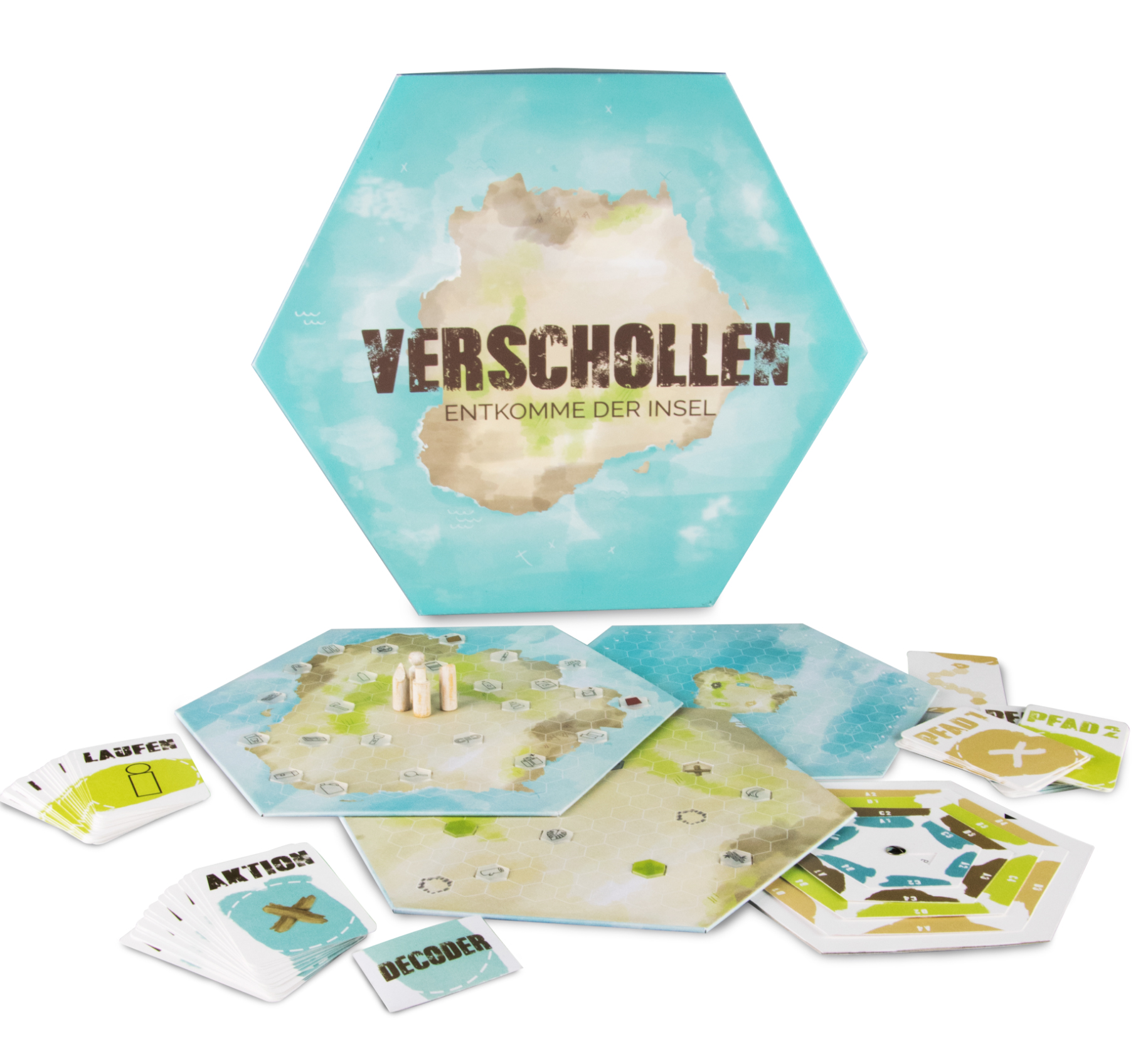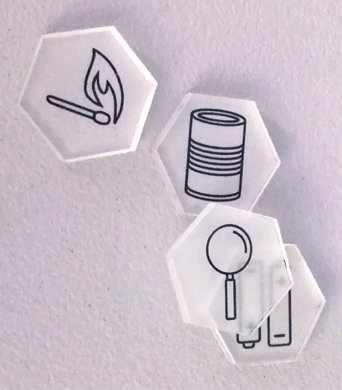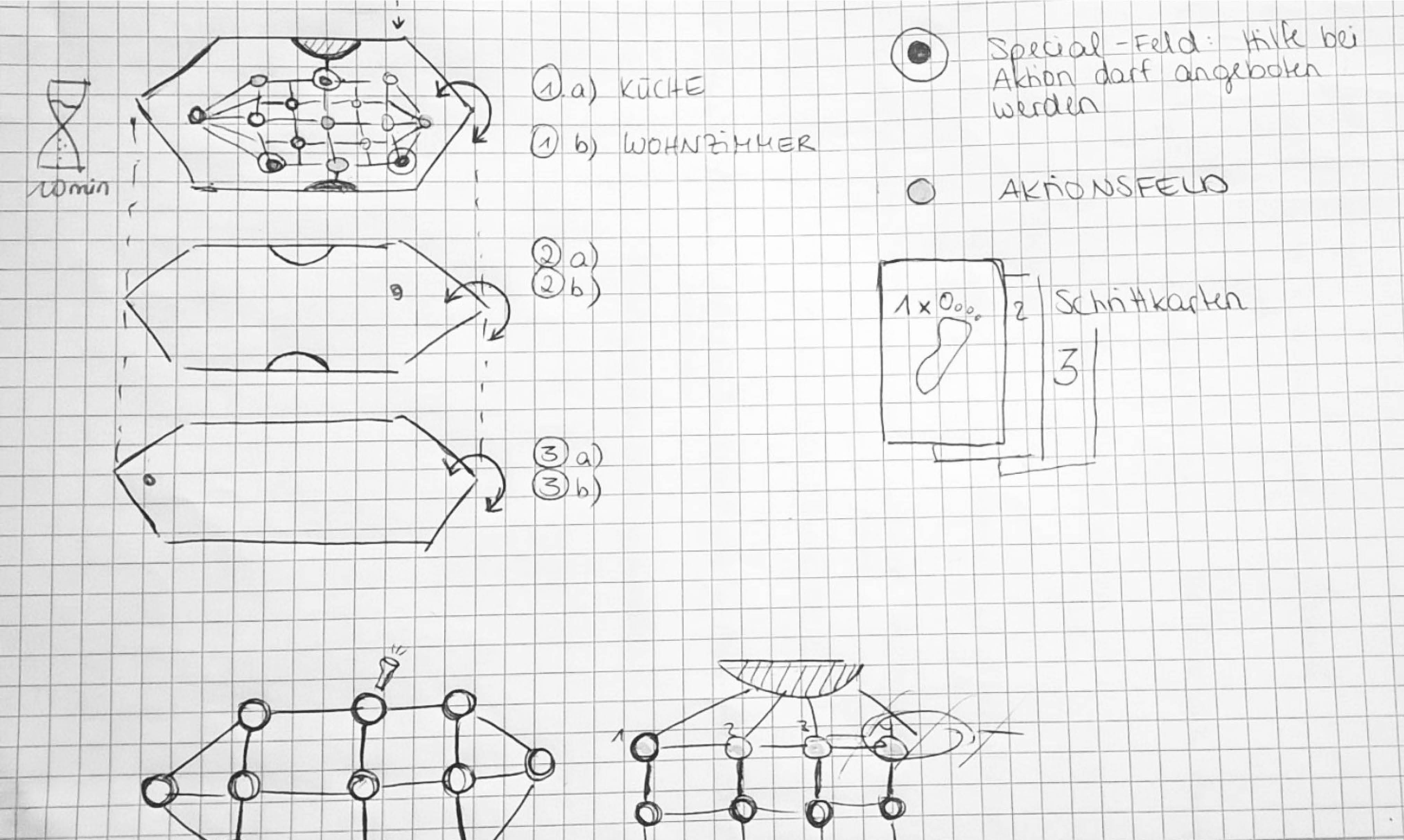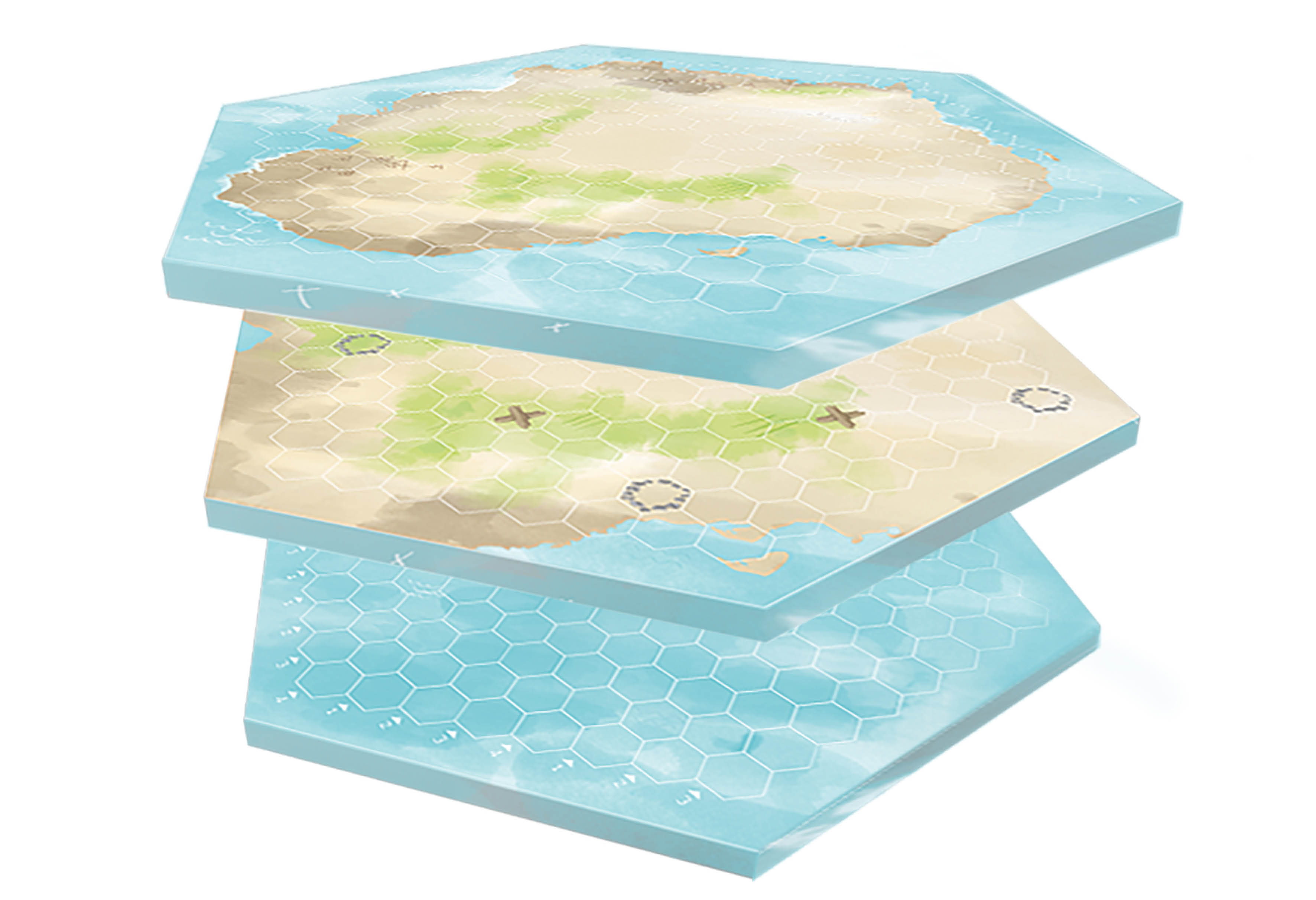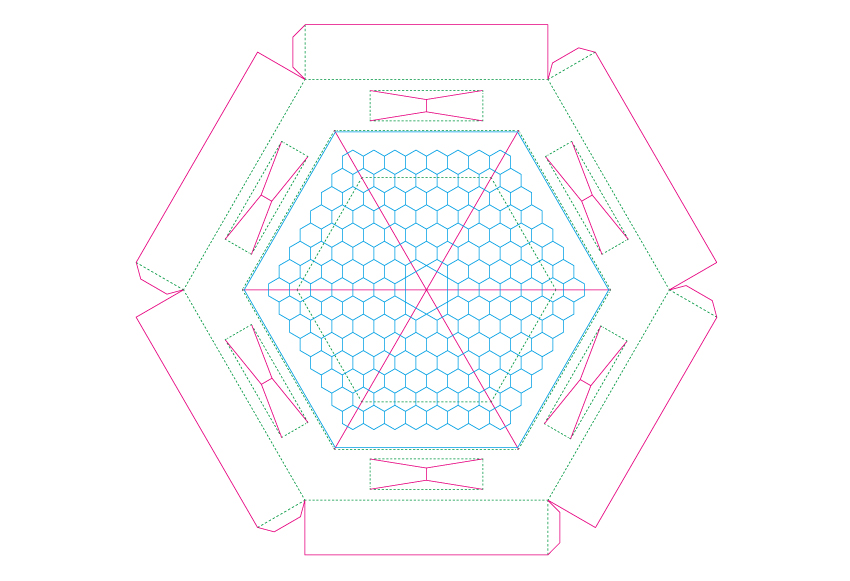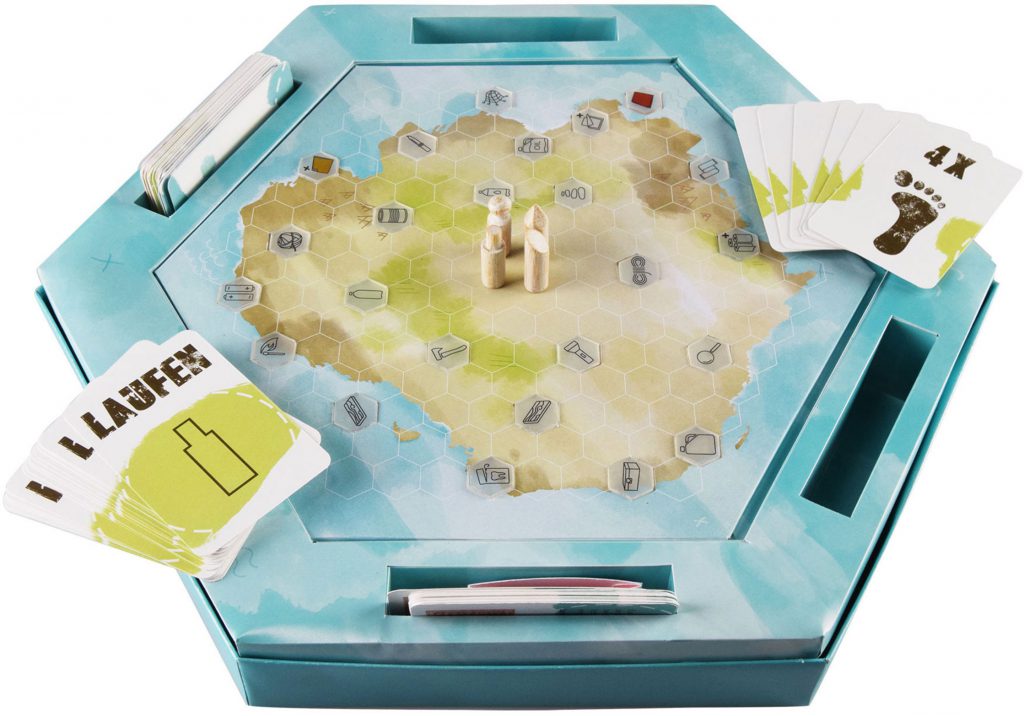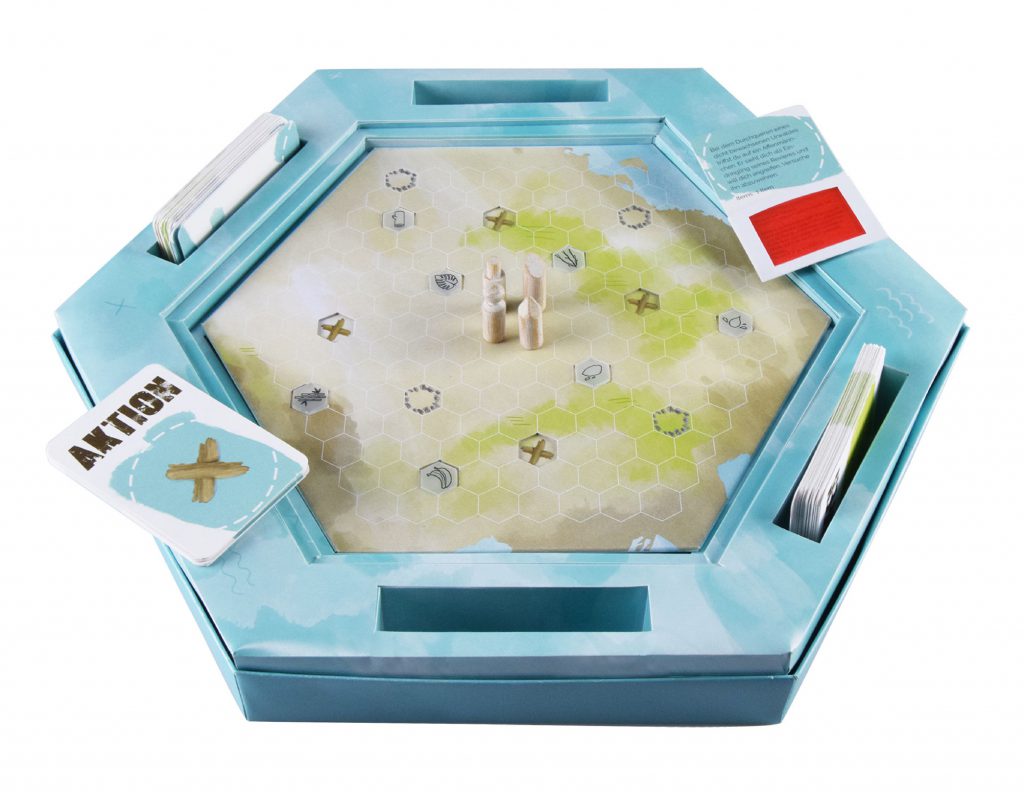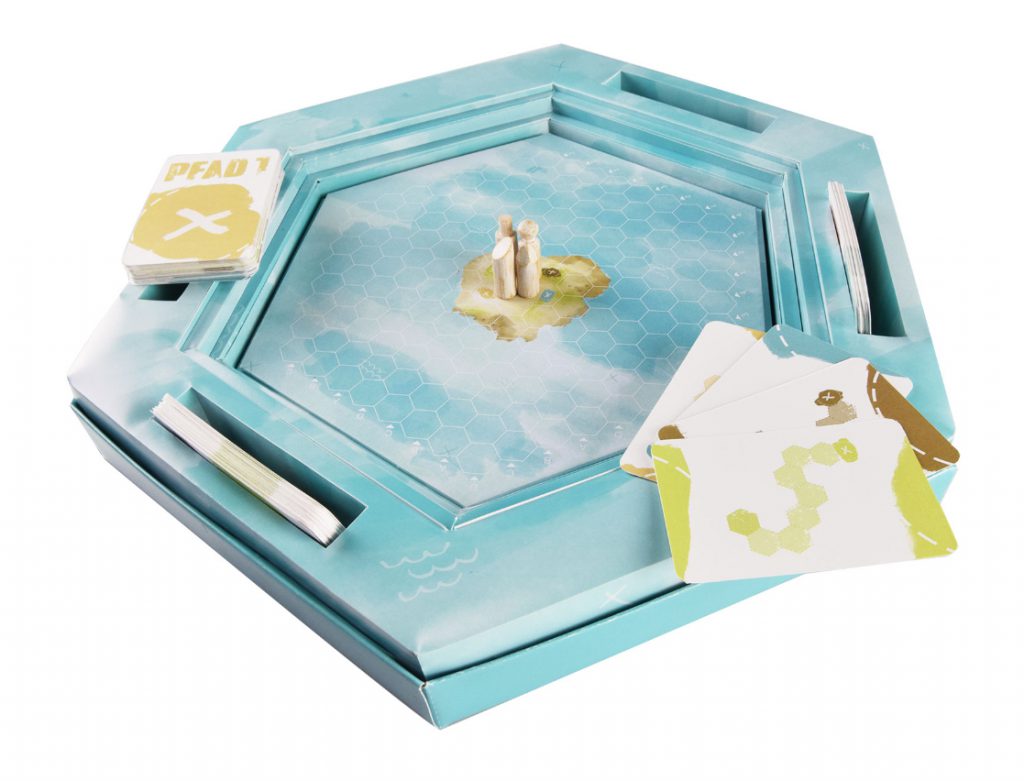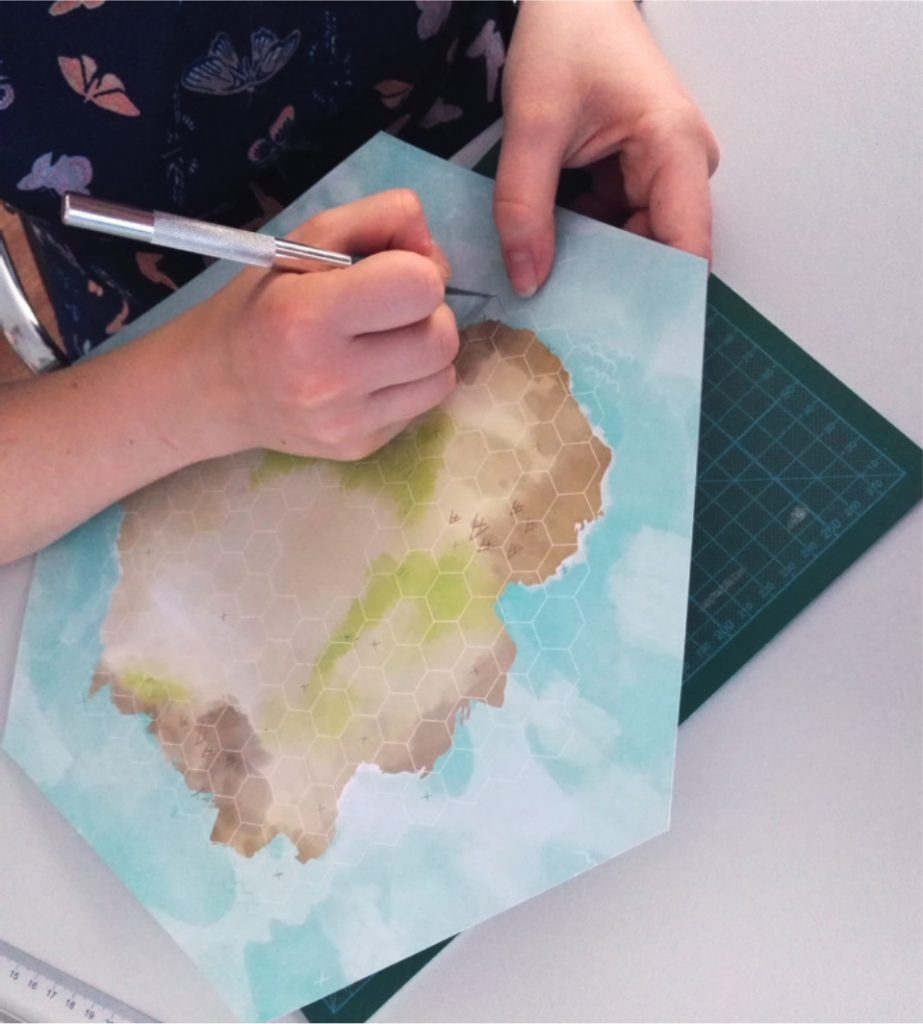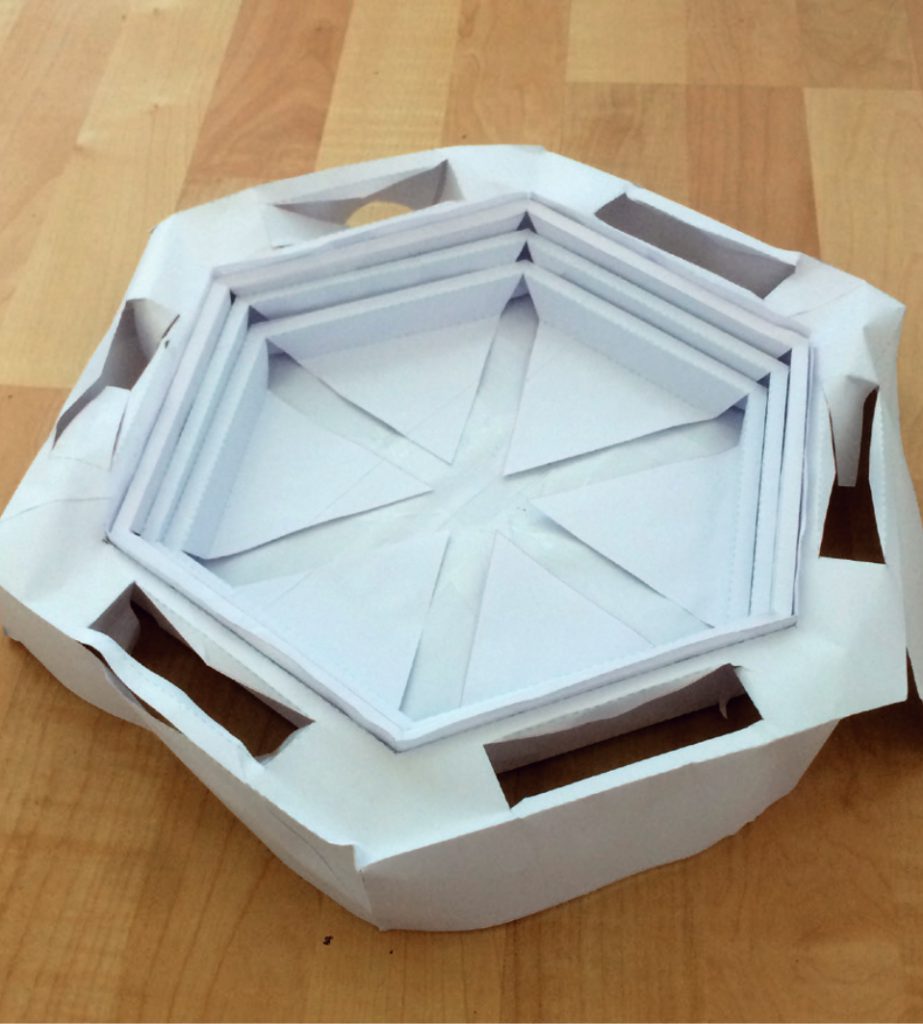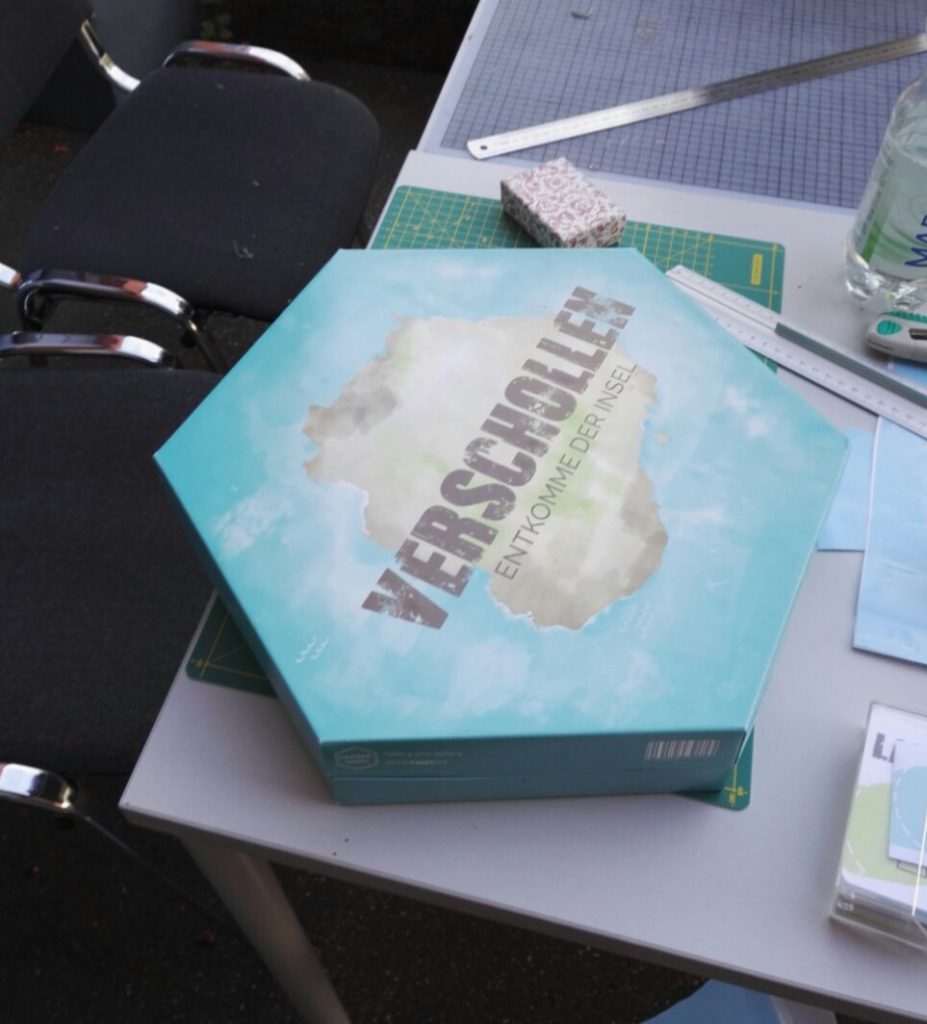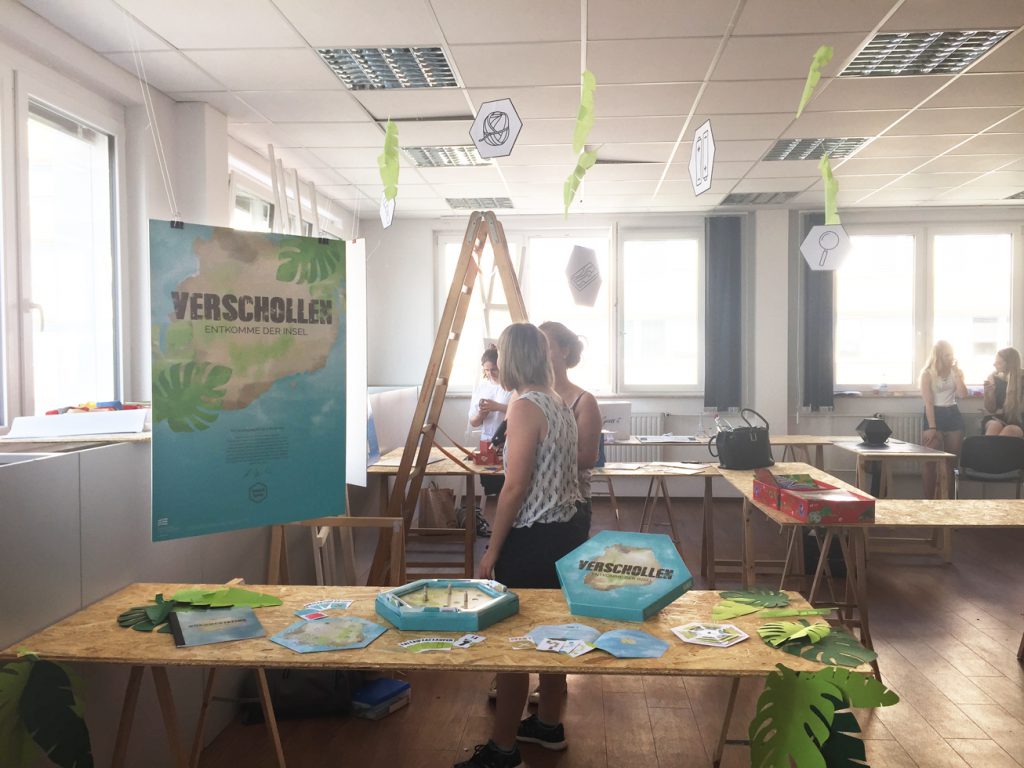The creation of an idea.
At the beginning of brainstorming, different concept ideas were worked through, but only by linking several ideas, a game concept was created that could meet the above criteria.
So the idea of having the game take place on several levels was combined with the principle of a cooperative game and collecting objects in order to ‘escape’ from an adventure. To ensure a logical gameplay, path and goal the concept had to be played through and adapted dozens of times.
Game classification
Type of game: board/card game, strategy game
Game didactics: Who? 14-99 years | Why? Increase of tactical abilities as well as the ability to work in a team, have fun with friends | What for? sociability | How? Problem solutions and approaches are developed by the players
Game Methodology: Discovering game
Game Theory: Cooperative game (as a team against the game)
